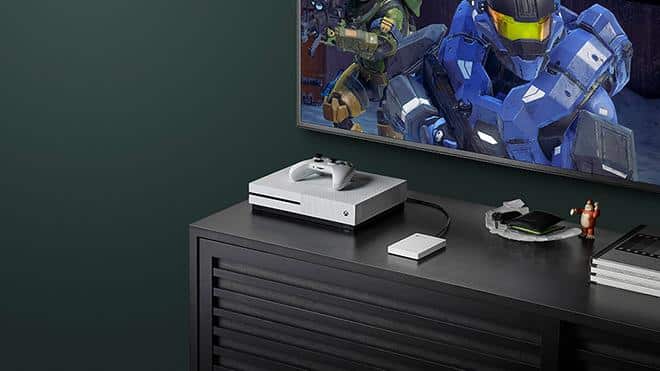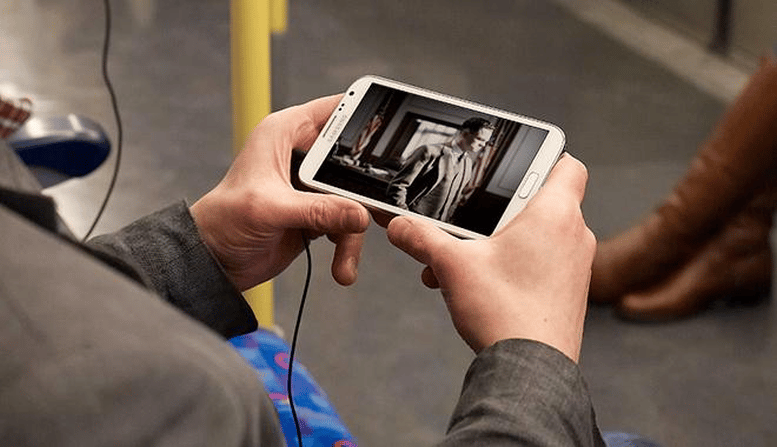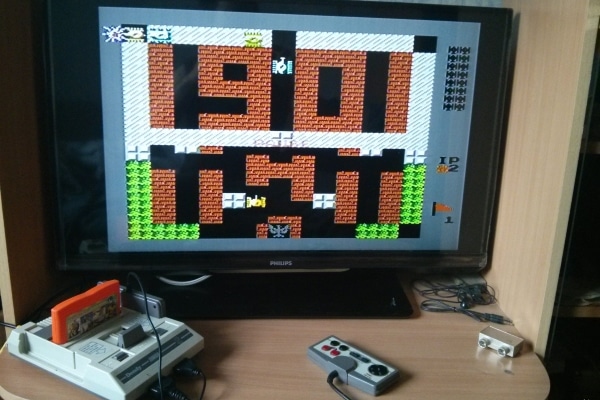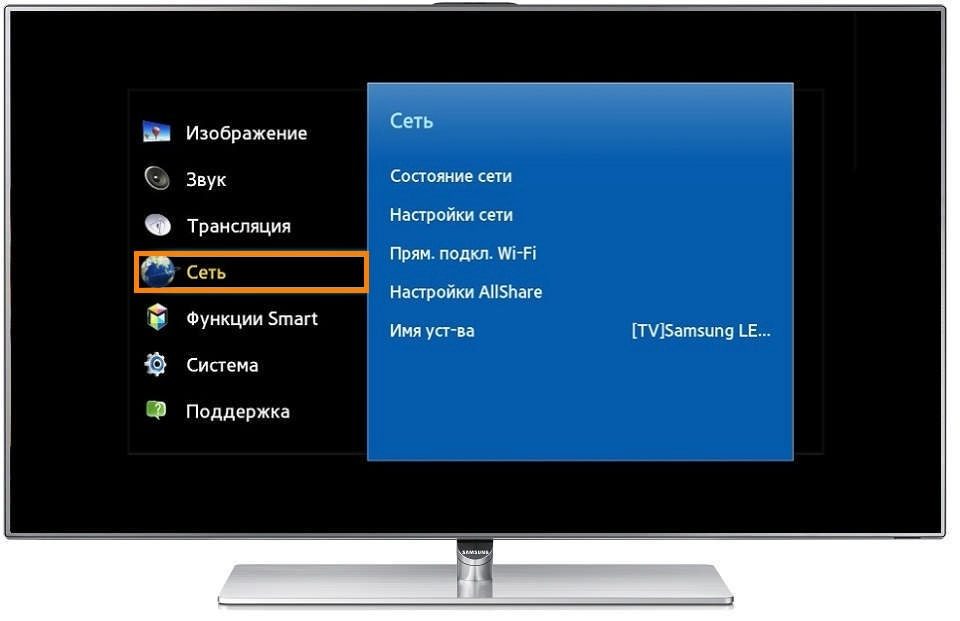There are several ways to place your TV, but the most convenient and practical is a wall mount. But there are several nuances of installation: you need to decide which bracket-holder is suitable for the type and weight category of the equipment; and on what wall the device will be mounted so that the subsequently installed TV does not fall and bring convenience when watching it. All flat screen TVs are equipped with stands that can be placed on a flat surface. But most flat panel owners prefer to hang them on the wall, as wall mounting has the following advantages:
- saving free space in the room (especially valuable for small areas);
- the bracket is cheaper than the TV stand / stand;
- the back of the TV, where all the connectors are located, is protected from the curiosity of children and animals;
- wall-mounted TV will fit into any interior;
- safe operation – no unnecessary wires or furniture to trip over.
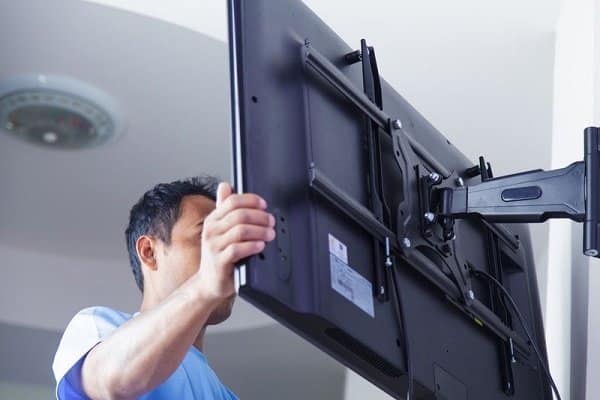
The correct location of the outlets and a well-thought-out layout (you can, for example, build a niche during repairs) ensure maximum comfort and safety in using the TV and hanging supports.
But this installation method also has disadvantages:
- the complexity of installation (if you do not have the appropriate skills);
- it will not work quickly to move the TV to another place, and you will have to cover up the holes in the wall at the same attachment point;
- since there is no TV stand, there is a problem with the storage of additional equipment and accessories (for a game console, router, etc., you will have to think over the placement).
- Where and at what height is it better to hang the TV on the wall?
- Types and features of TV brackets
- Fixed
- Tilted
- Swivel / Tilt-swivel
- Retractable bracket
- Bracket attachment tool
- Step-by-step instructions for hanging the TV on the wall
- Homemade TV brackets
- From furniture corners
- Sliding supports
- Bracket made of pipes
- Rotating loop holder
- Features of installing brackets on different walls
- On concrete and high-grade brick
- On drywall
- On the tree
- On foam block and hollow brick
- How do I hang my TV on the wall without a bracket?
- Where is the best place to hide cables and wires?
- Tips from professionals
Where and at what height is it better to hang the TV on the wall?
First you need to determine the comfortable position and height of the screen on the wall. To keep your eyes and neck from getting tired when watching TV for a long time, the imaginary horizontal line dividing the screen into two equal parts should be just above the line of sight. It is imperative to consider in what position the viewing will take place. And it depends on the room:
- Living room. The TV is usually placed in front of the seating area – sofas and armchairs. In this case, the height depends on the design of the furniture. Viewing should be as comfortable as possible, so the level of the TV hanging on the wall is determined empirically, but on average for a living room it is 100-120 cm from the floor.
- Bedroom. In this room, TV is watched lying or half-sitting on the bed. Therefore, the TV should hang lower, usually it is stirred about 100 cm from the floor. To determine the most convenient point, take your favorite position on the bed, having previously hung a picture or other object on the intended place for TV. And gradually move it down / up, left / right, until you find the most convenient location for you.
- Kitchen. In the case of this room, the approach is completely different. In the kitchen, we rarely pay attention to the image, more often just listening to what is happening on the screen. And there is usually little space. Therefore, the TV, as a rule, is hung closer to the ceiling. The TV in the kitchen should not be placed next to the oven, steamer and other appliances that get very hot and emit steam. Also, the panel should not interfere with movement in the kitchen and the opening of cabinets.
If the bedroom is small, it is better to place the plasma panel higher so that it does not interfere with movement around the room, but in this case it is necessary to provide for the possibility of tilting it. This can be done using a special bracket.
As for the position of the screen relative to the viewer, the optimal distance for a plasma screen is 3-4 diagonals of the TV. This indicator minimizes the strain on the eyes. The minimum distances between the eyes of the viewer and the TV, depending on the diagonal of the TV, are given in the table:
| Screen size in inches | Screen size in centimeters | Minimum distance to the screen, m |
| 73 ‘ | 185 | 3.71 |
| 65 ‘ | 165 | 3.3 |
| 57 ‘ | 145 | 2.9 |
| fifty’ | 127 | 2.54 |
| 46 ‘ | 117 | 2.34 |
| 42 ‘ | 107 | 2.13 |
| 37 ‘ | 81.3 | 1.88 |
If you plan to place the TV in a niche, then its size should be much larger than the size of the TV – so that air can circulate and the back surface is cooled. Since constant overheating leads to a reduction in the service life.
Types and features of TV brackets
The comfort of TV viewing depends on the bracket used. Some TV models have a standard pendant design, but this does not always meet the user’s requirements. Therefore, you have to buy it yourself. Several basic types of supports are available.
Regardless of the type, the TV bracket should be selected according to the weight and diagonal of the TV itself. This is one of the most important parameters on which the safety of your equipment depends. The maximum load and the diagonal for which the holder is suitable are always indicated on its packaging.
Fixed
This structure is rigid and motionless. It fits tighter than others to the wall and is as reliable as possible, since it does not contain moving parts. The TV will be located 10-20 cm from the wall surface, and after hanging it will no longer be possible to turn or tilt a little.
To make your TV viewing experience as comfortable as possible, we recommend that you hang the TV at head level.
This type is made in two variations – in the form of a simple plate or a plate with two supports. And its positive aspects include:
- low price;
- safety;
- ease of installation.
The disadvantages include:
- lack of position adjustment;
- difficult access to television connectors.
Tilted
The bracket is similar to the previous type, but has a movable structure that can be tilted at a certain angle. Most models have a slope of no more than 20 degrees. The distance from the wall to the mount can be up to 15 cm.
With this bracket, you can change the angle of the TV, adjust it to the height of your eyes, thereby adding comfort when watching TV.
The advantages of this type include:
- affordable price;
- simple design;
- the ability to adjust the tilt of the TV.
The only point that can be attributed to the negative sides of the variety is that the TV does not turn to the sides.
Swivel / Tilt-swivel
This model is unique in that it can be used to move, rotate or tilt the TV according to your preferences. The advantages of the bracket include:
- ease of use;
- the ability to fully customize the location of the TV to suit your needs (TB can be moved left and right, and change the angle);
- beautiful appearance.
In the case of this bracket, there are restrictions on the size and weight of the TV. Information about this can be seen in the documentation for the specific model.
The disadvantages include
- high cost of the bracket;
- the complexity of the installation.
Retractable bracket
In addition to tilting and swiveling the screen, this bracket also allows you to change the distance of the TV to the wall. This is very convenient when the TV is installed in a kitchen, in a very large room, or between adjacent rooms. The advantages include:
- maximum functionality;
- practicality;
- reliable fastening.
The disadvantages include:
- high price (the most expensive type of all);
- bulkiness (you can’t do it in a small room, and there is no need).
A video that will help you decide on the choice of a TV bracket:
The most common and demanded type of brackets is fixed. Since few people need the ability to rotate the screen. Basically, this need arises in the kitchen. There is no point in paying more for unnecessary options.
Bracket attachment tool
After purchasing the required bracket, prepare the tool for mounting it. This list includes the following:
- a screwdriver (preferably with a ratchet) – for attaching the TV to the bracket itself;
- perforator (for brick and concrete walls) or drill (for drywall);
- hammer – used for hammering in pins;
- fasteners – bolts with pins and washers;
- simple pencil, masking tape, building level.
The drill diameter must match the diameter of the pin used.
Maximum permissible load:
- standard pins 10×61 and self-tapping screws 6×80 withstand 15 kg;
- some types of mounts can support up to 28 kg.
Step-by-step instructions for hanging the TV on the wall
Before starting work, make sure that there are no wiring, pipes, etc. in the place where you are going to fix the bracket. If you are not aware of such subtleties, this can be done using a special detector. If everything is in order, determine the height at which the TV will hang, and then get to work. What you need to mount the TV on a purchased bracket:
- building level;
- simple pencil;
- roulette;
- drill;
- dowels;
- a hammer.
After unpacking the bracket, make sure all parts match those listed in the installation instructions. The package contents may not be complete. If screws / dowels / screws / washers or other accessories are not enough, buy what you need.
General instructions for mounting the TV on the wall:
- Attach the bracket plate to the wall and mark each hole. Make sure that the points on the wall are strictly parallel, even a slight misalignment can threaten the TV to fall.

- Drill holes at the points marked earlier with a drill.

- Use a hammer to hammer the dowels into the holes and attach the bracket to the wall.

- Install the counter plate on the back of the TV. It must be attached to the holes already on the rear panel. They usually have fasteners that you need to unscrew and use during the installation process. If not, buy the hardware yourself, focusing on the size of the holes.

- After installing the bracket, carefully hang the TV on the rails or tighten the bolts lightly (depending on which type of bracket you purchased).
Detailed video instruction:
Homemade TV brackets
You don’t have to buy a special bracket to hang your TV on the wall. The mount can be done by hand. Let’s take a look at the four simplest ways.
From furniture corners
If you do not need to change the angle of inclination of the TV, then you can make a fixed bracket from ordinary furniture corners. All you need for this:
- 6 mounting angles with holes (2 on the walls and 4 on the TV);
- 2 appropriately sized bolts with washers and nut.
The instruction is as follows:
- Attach the corners to the TV where there are mounting holes.

- Measure the distance between the top corners and attach the two corners to the wall with the same pitch.
- Attach the bolts to the wall corners with the rod upwards, placing the washer under the nut. Then slide the TV over these pins. At their expense, it will hold, and the lower corners on the panel simply rest against the wall, fixing the TV in a certain position.

Sliding supports
The method is based on the use of sliding supports to fix the rafters. We need:
- L-shaped plate;
- bolts and screws;
- sliding supports;
- timber.
Instructions for execution:
- Straighten the L-shaped plate, drill a hole for the fasteners in its upper part, and then attach to the back of the TV.

- Attach the counter plates to the wall. You can fix them on a bar, then the TV will be slightly tilted down. And if the timber is cut on one side (done with a bevel), you can organize the desired angle of inclination.

- Hang the panel with the hooks on the grooves on the wall.
The method is not suitable for all TV models. It is necessary to measure the distance between the mounting holes in advance and see if these hinges fit them. In extreme cases, you can remove the housing cover and drill new holes in it.
Bracket made of pipes
One of the most popular options for making a TV bracket yourself is the use of metal profiles (pipes). For this method we need:
- pipe section 20×20 mm;
- thin-walled pipe section 15X15 mm;
- 2 x 8mm bolts;
- 4 nuts 8 mm;
- a small amount of paint from a spray can.
Work instructions:
- Cut parts of the required length from the square tube. The calculation is simple – 3-5 cm on each side are added to the distance between the parallel holes at the top and bottom of the TV. The part that is attached to the wall is performed in the same way, but it is better to shift the holes a little and, accordingly, make the strips a little longer or shorter.
- Screw the bolts into those pipe sections that are attached to the wall, securing them with nuts.
- Fix the prepared parts on the wall and on the back of the TV.
- Connect the parts by hanging the TV on the wall.
Video instructions for making a bracket from a pipe:
Rotating loop holder
This is a very simple bracket with a loop to screw on a thick plywood or board. Its big plus is that you can hold one like this. We need:
- a piece of board / plywood;
- the simplest hinge with a metal strip;
- self-tapping screws.
What needs to be done:
- Drill holes in the plywood / board following the hole pattern on the TV. And then connect it to the metal hinge strip.

- Drill the hinge to the wall.

- Attach the TV to the board / plywood using self-tapping screws, screwing them into the fixed holes.
Features of installing brackets on different walls
A wall made of each material has its own characteristics that must be taken into account in any work, in particular, when installing a TV on a wall.
On concrete and high-grade brick
Walls made of monolithic concrete and solid bricks are the most reliable base for any materials and technology. There are no special nuances when working with them. The holes in them are drilled with a perforator, and simple dowel-nails or anchor bolts are used as fasteners.
On drywall
Compared to concrete, brick and solid wood, loose materials such as gypsum plasterboard (gypsum board), plywood, etc., have a lower load-bearing capacity. They are not able to withstand even 10 kg, provided the bracket is fastened to ordinary self-tapping screws. To prevent the TV and stand from falling under their own weight, a special butterfly dowel, also known as a molly, is required. Its principle of operation is that it distributes the load over a large area, as a result of which the wall does not crumble and calmly holds the same 10, 20 kg or more. More about the work of “butterflies”:
Many users recommend buying all-metal molly dowels that can support up to 35 kg. Parts made of nylon or plastic are not sufficiently reliable and resistant to heavy loads. For TVs weighing up to 15 kg, you can use crocodile dowels or hartmuth fasteners as an alternative. If you need to hang your TV on a drywall wall that doesn’t have a base at the back, it’s best to find a location for the mounting profile and attach the bracket to it. You can also add wood board (Fibreboard) or similar materials (planks, beams, etc.) to the structure.
On the tree
This is one of the simplest and most undemanding materials for hanging any device – provided that the wood is thick enough and of good quality. The bracket is attached to a wooden wall with ordinary self-tapping screws, the size of which can withstand the estimated weight of the TV.
On foam block and hollow brick
Such wall materials are not able to withstand a load of tens of kilograms without additional support, since there are voids and cavities in them. To ensure reliable fastening of the bracket to the TV, you must use special dowels with an elongated spacer part and a wide thread, or chemical anchors.
How do I hang my TV on the wall without a bracket?
Some small-screen flat-panel TVs can be hung without additional accessories. For this purpose, there are special grooves on the rear side of the panel, which are designed for fixing the plasma by hanging it on bolts screwed into the wall. You just have to perform a few simple steps:
- Measure the distance between the grooves and mark them on the wall.
- Screw the bolts into the wall and hang the TV on them just like a picture or a mirror.
The only difficulty that falls on your shoulders is the choice of bolts designed for the appropriate load. But this is not a problem either, since you can simply come to the store and tell the seller the weight that the bolts should withstand – they will pick up what you need. This method is the simplest, but not the most convenient. Since the monitor will fit very tightly against the wall, which will not allow changing its position, place an outlet behind it and hide the wires. In addition, the process of ventilation of electronic mechanisms becomes more complicated (if there are no special openings).
Where is the best place to hide cables and wires?
Hiding the wires is a very serious problem when installing the TV on the wall. Cables hanging in free flight always look ugly and can ruin the overall interior. Also, the power cord plugged into the outlet may pose a hazard to your own health and technology. The cable can be accidentally pulled or tripped over it, subsequently it threatens at least damage to the connectors. And if there are children and animals in the house, they can get an electric shock. It is recommended to tie all wires in neat bundles and close them with panels, boxes, cable channels, moldings, or hide them in chrome tubes. The choice of “case” depends on the style of your interior. This can be done even when the room is completely renovated.
In some cases, the wires can be placed in the wall (by drilling grooves), but this method requires preliminary preparation (at the repair stage).
An example of hiding the wires under the panel: Another decorative method that can be performed without damaging the repair is to fix the wires in several places on the wall, and disguise them as a tree or vine, fixing elements of artificial plants or decorative stickers on top.
Another decorative method that can be performed without damaging the repair is to fix the wires in several places on the wall, and disguise them as a tree or vine, fixing elements of artificial plants or decorative stickers on top. You can also create an opening structure underneath where the TV will hang. In this case, it will be hung on the front of the secret cabinet with wires. You can also hide a router, set-top boxes and other necessary devices there, if you make shelves.
You can also create an opening structure underneath where the TV will hang. In this case, it will be hung on the front of the secret cabinet with wires. You can also hide a router, set-top boxes and other necessary devices there, if you make shelves.
Tips from professionals
We recommend that you read this section to ensure that your equipment will last as long as possible. And also you will learn how to prevent the TV from falling off the wall and keep your eyes healthy. When setting up your TV, be sure to consider the following tips:
- Do not place the TV over a fireplace or other heaters. Television devices are negatively affected by the heat radiated from other devices, which can greatly shorten their lifespan. In the event of this breakdown, no one will return your money and will not provide warranty repairs, since this rule is clearly spelled out in the operating instructions for any modern TV.
- Do not connect the wires before the TV is securely fastened. Only after you have made sure that the TV is firmly attached to the wall can you begin to connect all the wires and cables. If you are using a swing arm, you should additionally make sure that you have enough wire to allow the TV to swivel without any tension.
- Observe the ratio of the area of the room to the diagonal of the TV. Many people dream of a plasma in half a wall, but few people think about how strong it will be a blow to the eyes, given the standard sizes of rooms in our apartments. Be sure to take into account the parameters that are given in the table of the ratio of the size of the TV to its distance from the viewer. After all, if you buy a 120-inch TV, then you can watch it without harm to your health only from 9 meters. Do you have such wall-to-wall distances?
Modern flat screen TVs are much more convenient than large CRT “boxes”, which take up a lot of space and require installation on a bulky stand. The LCD monitor can simply be hung on the wall, where it will not take away valuable meters from the room at all. But the installation must be performed reliably and in compliance with all the rules.


